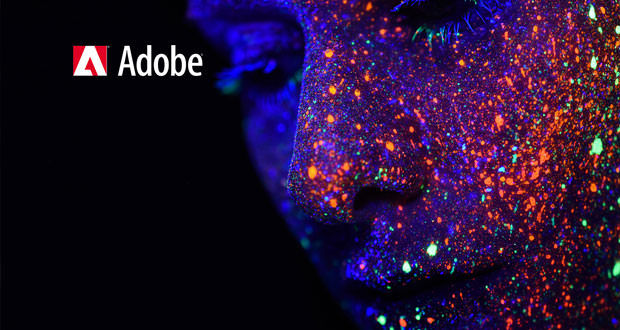About Face: Here is Adobe’s tool to detect changed faces
Experimental project within the ” Sneaks ” initiative, About Face can identify if the image of a face is genuine or modified. It cannot be excluded that it will find a place in a future version of Photoshop.
On the occasion of the annual MAX conference, Adobe offers its engineers the opportunity to show the public some of the experimental projects carried out in parallel with the development of relevant software. These projects fall under the hat of the ” Sneaks ” initiative, and one of the most interesting ones shown during this year’s edition of Adobe MAX is ” About Face “.
It is a tool capable of detecting whether a face has been manipulated with digital imaging techniques. The apps and photo-editing software available today make it incredibly easy for anyone to change the appearance of a person, whether to enhance their aesthetic features or to ridicule them in some way. In a sense, it is Adobe itself, with the evolution of its most representative program, Photoshop, which has fueled this trend: About Face seems almost an attempt to remedy all this.
Just feed an image to the instrument and About Face is able to evaluate whether the image has been manipulated or not, indicating with what probability. The tool does not perform an overall analysis of the image, for example: as a face-recognition algorithm would, but goes to probe the individual pixels that make up the image.
In this way, it is possible to recognize which parts of the image have been manipulated, with About Face showing a sort of ” heatmap ” of the areas subject to alteration.
About Face seems to have been developed to more specifically identify changes made with Photoshop’s ” liquify ” tool, thus allowing you to highlight whether the image is the result of the interpolation of a series of original pixels.
Moreover, this tool is the one most often used to ” accommodate ” the contours of the face, or to make the changes made with other tools more homogeneous.
About Face is not only able to recognize counterfeit images, but also has the ability to reverse changes with surprising results at least as shown in the demo during Adobe MAX. Considering the degree of unemployment around the topic of fake news and deepfakes.
It is not an exaggeration to imagine that tools such as About Face may become in common tomorrow. After all, the side-projects Sneaks sometimes manage to make their way up to become an official function in Adobe software.

